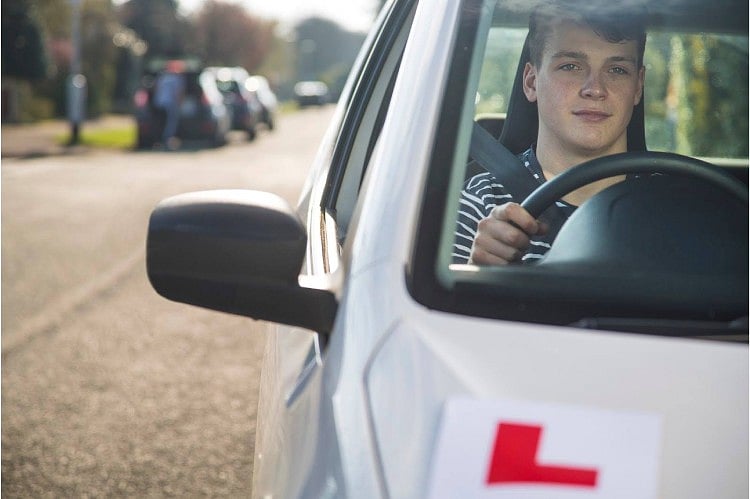Knowledge Hub

Arrive safely this Winter
While South Africa is blessed with relatively mild winters, local drivers are seeing increasingly icy and stormy conditions of late. Driving in wintry conditions requires special care and equipment. Here’s how to navigate the roads safely this Winter.
Back off
The key to driving safely in winter is about going slow and gentle – and allowing enough time and space on your journey.In normal conditions, it’s advisable to maintain two Houghton houses between your vehicle and the one in front. As it takes longer to slow down in wet conditions, extend that space to at least 30 metres.
Similarly, try to maintain space between your vehicle and the one behind. If someone is tailgating (following too closely for comfort), pull over and let them pass. Being rear ended is never fun and can cause whiplash and other injuries.
Tip: Apply gentle pressure to the brakes – never slam on them. Ease off the brake if you feel the wheels locking up.
Slow down
Besides adding following distance, reducing speed is the other most effective way to reduce accidents in winter conditions.
Driving at lower speeds gives you more time to avoid hazards, to regain control of your vehicle in dangerous situations and to negotiate potentially dangerous surfaces – including floods, ice and curves. And less speed means not having to slam on the brakes – thereby avoiding getting into a slide or skid situation where the driver loses control of the vehicle (the number one cause of winter accidents).
If you find that your vehicle is in a slide, steer into free space by focusing your attention on where you want to go and not on the obstacle, according to this article by Business Insider. Consider taking a course in winter driving that covers skids and obstructions.
Tip: Use low gears to give more traction on slippery surfaces.
Give yourself more time
Accident rates are high in winter, increasing the chance that you will experience delays on your commute.
In very cold mornings, the engine needs time to “warm up” before accelerating – or you risk damaging the vehicle. And you may need to clean the windshield and the mirrors (or simply to warn the vehicle!) before departing. Manage this reality by allowing at least an extra fifteen minutes per trip.
Tip: Turn on your lights to increase visibility. Driving with lights on does not use more petrol!
Be prepared
Comfortable winter driving requires special equipment. Most can be met with regular maintenance and by keeping a few items in your vehicle.
Check that your lights, wipers and air vents are all in good working order and clean. These are your front line for visibility. Tyre pressure reduces in cold temperatures, and low pressure can lead to spin-outs and accidents. Check it whenever you fill up. Similarly, have your battery levels checked (most places that sell batteries will do this for free) – being stranded on a cold, rainy day is not fun!
Put together a winter equipment list – consisting of an ice scraper, jumper cables, visibility triangles, a torch and some warm clothes, gloves and a blanket – and keep them in your vehicle.
Tip: Keep your windshield water tank topped up; you’ll need this to clean the screen of frost.
While driving in Winter presents unique challenges, following the above pointers can help make for a safe experience.

We Have Great
Insurance Products
Need car, home & Life Insurance? We offer a wide range of insurance products. Switch & get cash back on insurance premiums.
Featured Content
Most popular

Motoring Travel
How to Cancel Car Insurance

Motoring Travel
Getting to Grips with a Third-Party Insurance Claim
Latest posts
Related blogs

Motoring Travel
Here’s how you can take care of your car this winter

Motoring Travel
Pothole Cover: The Impact of Tyre Damage



